Summary
- Video games draw inspiration from classic Gothic literature elements like vampires and tragic romance.
- Some games, like “Frankenstein: Through The Eyes Of The Monster,” take liberties with source material.
- Games like “The Sinking City” and “The Wolf Among Us” introduce Gothic narratives to new audiences.
Gothic literature is an incredibly popular inspiration for video games. Gothic literature provides fantastic building blocks for intriguing narratives and spooky adventures. Creatures such as vampires and werewolves, and tragic stories of romance and madness are the foundation of gothic literature and video games borrow these elements liberally.
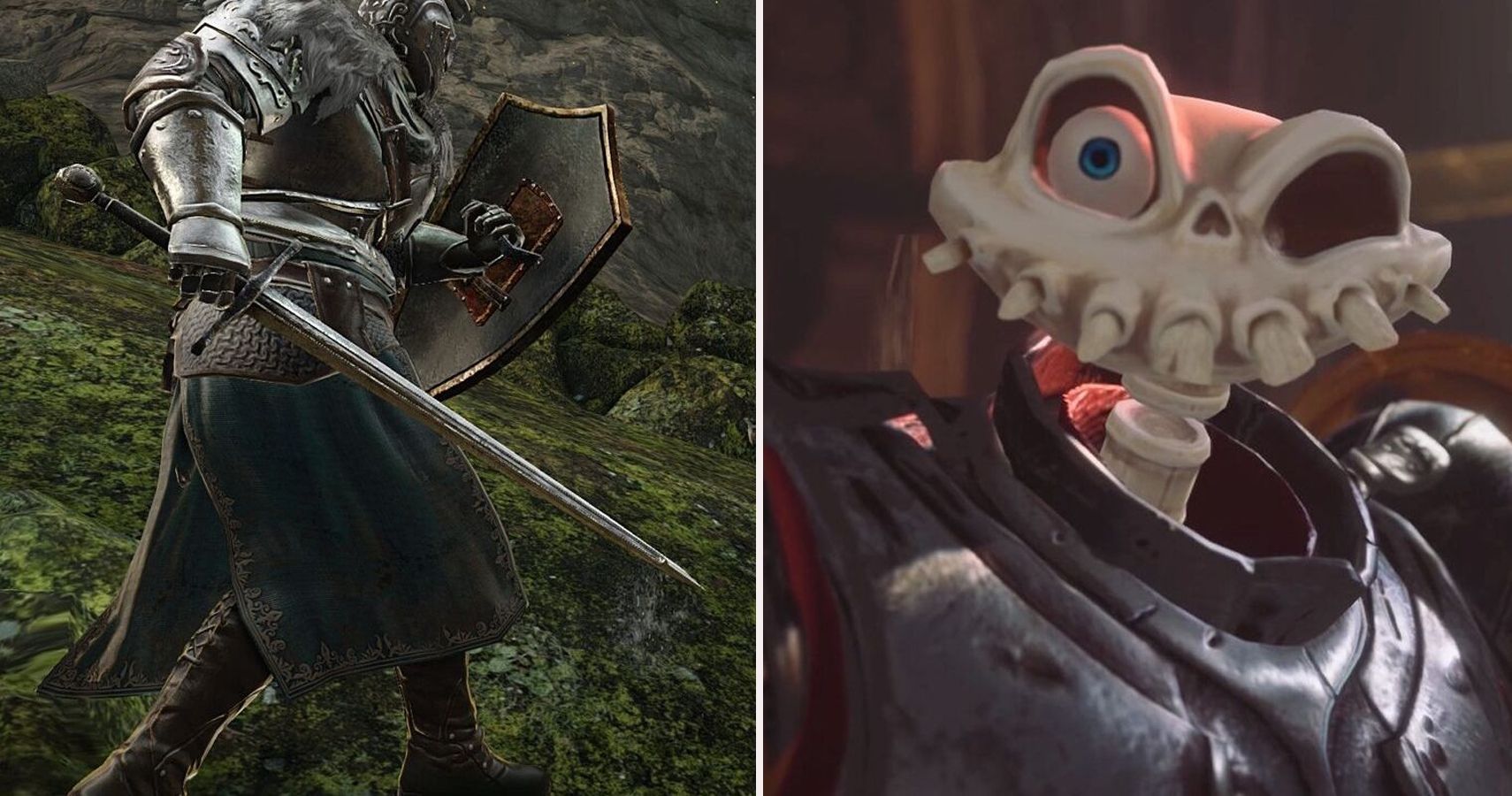
Related
Top 23 Gothic Games Of All Time, Ranked
The “gothic genre” has been around for quite some time, producing some of the most intense and grittiest games to ever hit the market.
Some games just adopt a general Gothic literary feel, but others draw their inspiration from very specific source material. Video games based on Gothic literature not only benefit from the legacy of the original text, but they may introduce these narratives to a new audience. These games are essential for lovers of Gothic literature.
Some games listed here are not 100% confirmed to be inspired by Gothic literature, but are included due to evidence or references that seem to indicate so.
8
Frankenstein: Through The Eyes Of The Monster
An Adaptation Of An Adaptation
- Developer: Amazing Media
- Release date: 1995
- System: PC, Sega Saturn
- Genre: Point-And-Click Adventure
Frankenstein: Through the Eyes of the Monster is by no means a great game, but it is a must-play for lovers of the Gothic. This first-person FMV classic stars a brilliantly creepy Tim Curry as Victor Frankenstein and the player as his creation. Mary Shelley would barely recognize this story as her proto-sci-fi classic with the game being incredibly liberal with the source text.
Shelley never called the unfortunate creation a monster, and this naming convention is indicative of the inspiration that the game takes from the Universal monster films. It suffers from the same adaptational decay as many other Frankenstein texts, taking a turn away from Shelley’s poignant exploration of the hubris of man, instead opting for an unexpectedly psychosexual adventure game.
7
Call of Cthulhu
Investigating The Cthulhu Mythos
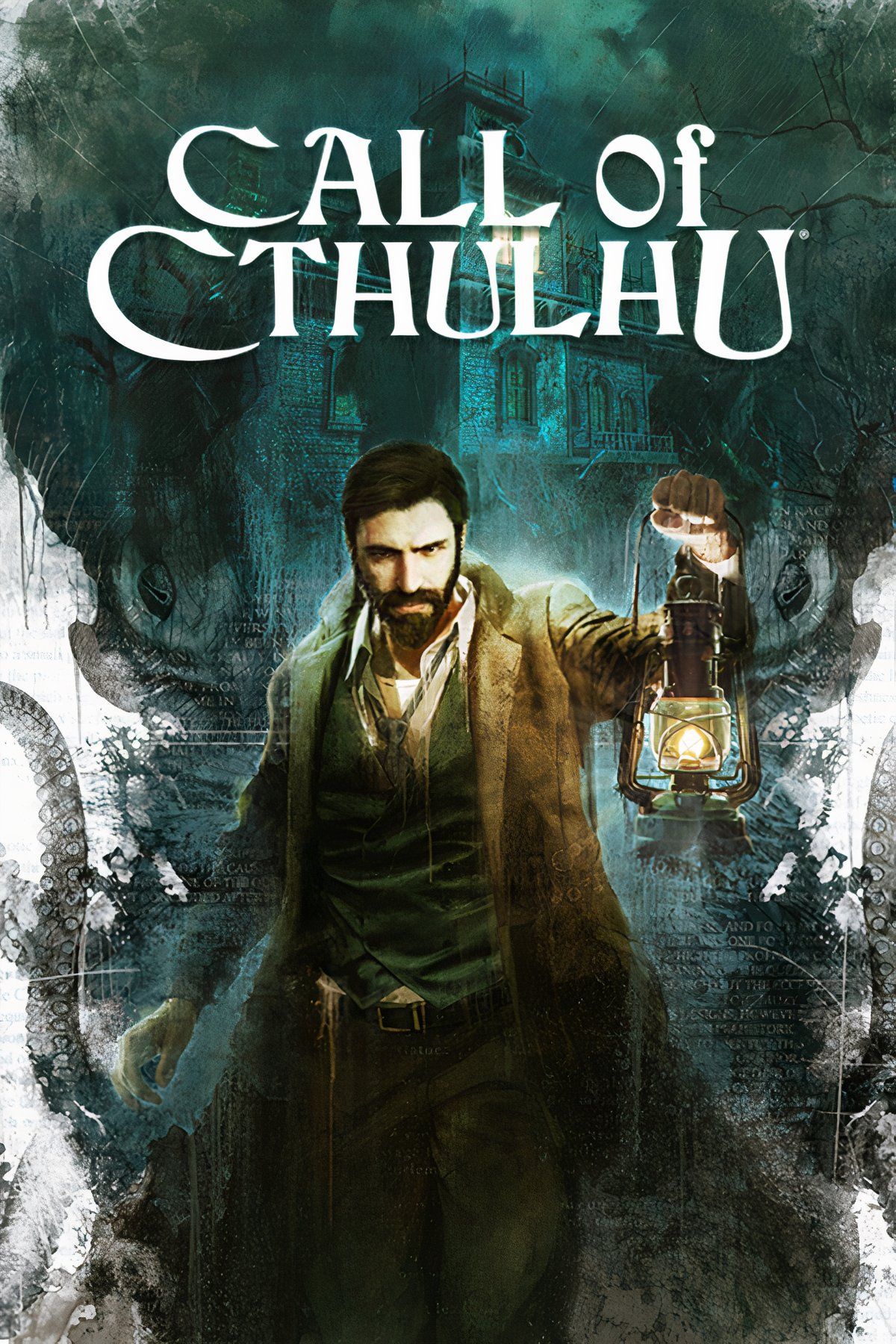
- Released
-
October 30, 2018
- OpenCritic Rating
-
Fair
Call of Cthulhu is a game that takes inspiration from the works of H.P. Lovecraft and the broader Cthulhu mythos. While the title is a direct reference to the short story The Call of Cthulhu it takes from the canon more broadly. The gameplay is very typical of a run-of-the-mill story-heavy RPG, but it is in the branching dialogue that the game shines.
Call of Cthulhu is the first of two Lovecraftian games to come out of the doomed development project between Frogwares and Focus Home Interactive. It takes some inspiration from the title of the same name, but in many ways is an adaptation in name only. It shares a lot of DNA with The Sinking City being the story of a detective investigating a series of Lovecraftian in a strange and isolated location. The Sinking City and Call of Chuthulu are irrevocably intertwined, and both are worth playing for their distinctive interpretations of an almost identical premise.
6
The Wanderer: Frankenstein’s Creature
Art Game In The Truest Sense
- Developer: La Belle Games
- Release date: 2019
- System: PC
- Genre: Puzzle game
The Wanderer: Frankenstein’s Creature is a beautiful art game and a unique watercolor dream-like exploration of the experience of the abandoned and misunderstood creature. Unlike Through the Eyes of the Monster, it takes direct and faithful inspiration from the original text. However, the player has the ability to shape the doomed creature’s destiny, making this a bittersweet and strangely hopeful interpretation of the text.
It is definitely a game to play for the gorgeous aesthetic and brilliant use of the source material, Frankenstein or the Modern Prometheus, rather than as an intuitive gaming experience. While the puzzles are clever and exploring as the creature is a delight for those familiar with the novel, it is the 18 paintings that make up the backdrop of the game.
5
The Sinking City
A Critical Reflection On Lovecraft
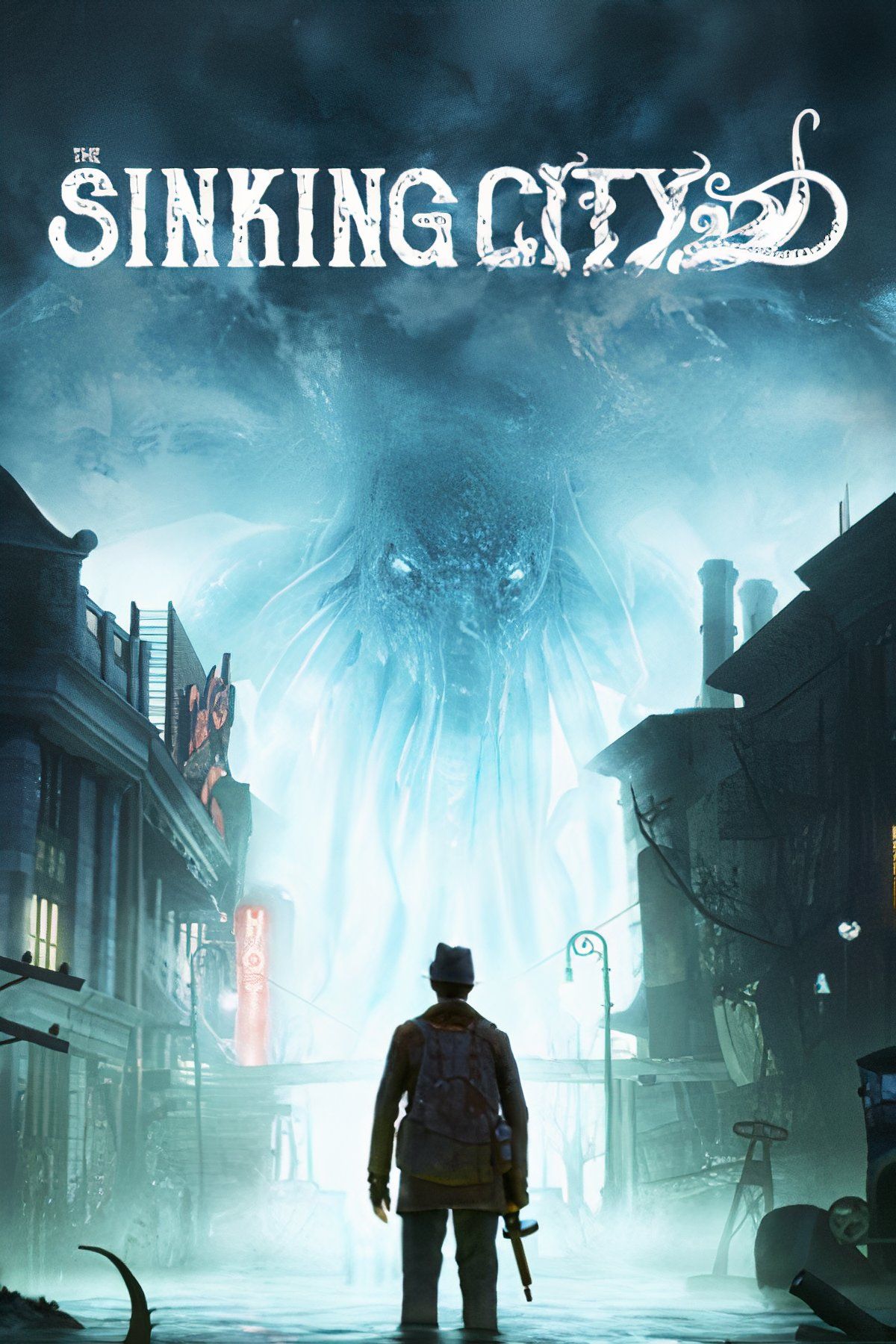
- Released
-
June 27, 2019
- OpenCritic Rating
-
Fair
Of all the games inspired by Lovecraft, The Sinking City is possibly the one that makes the best use of the extended Lovecraftian canon. Frogwares’ game contains a multitude of Easter eggs from the notorious Gothic and weird fiction author, including Facts Concerning the Late Arthur Jermyn and His Family, in which a man traces his heritage back to a great white ape and the truth of his origins drives him mad.
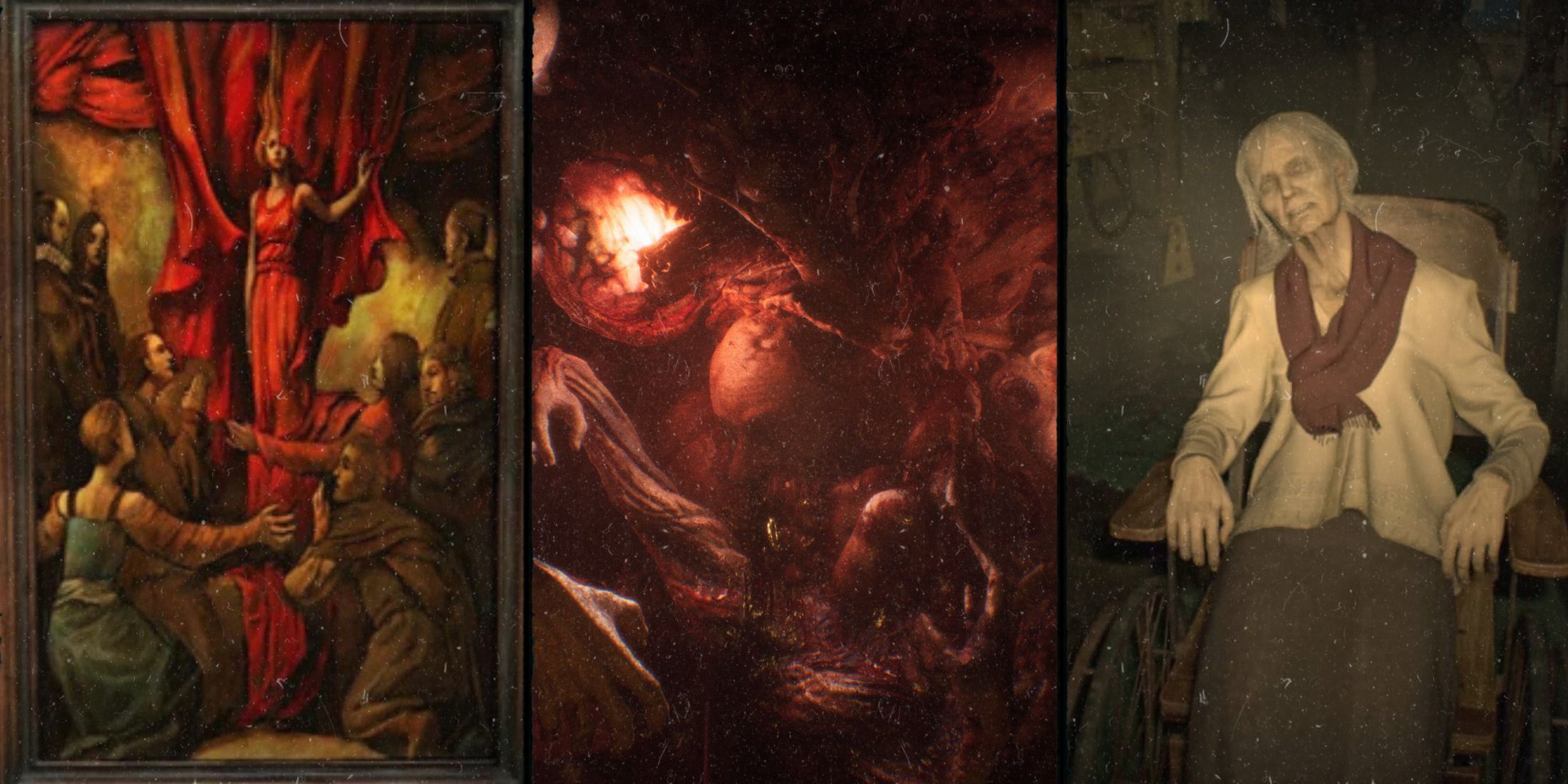
Related
7 Scariest Eldritch Horrors in Video Games
Here are some of video games’ most frightening Eldritch horrors and Lovecraftian monsters.
It is a third-person open-world shooter in which the player takes on the role of the troubled detective Charles Reed as he unravels the Lovecraftian mystery that lurks under the surface of Oakmont. It has an interesting sanity system that attempts to translate the cosmic madness of H.P. Lovecraft’s works into video game form.
4
The Wolf Among Us
Ichabod Crane And Co.

- Released
-
October 14, 2013
- OpenCritic Rating
-
Strong
The Wolf Among Us is just generally a wonderful game for those who love a good literary reference. Most of the characters come from traditional folk fairy tales such as those retold by the Grimms Brothers. But there are also more contemporary folkloric creatures and urban legends such as The Jersey Devil and Bloody Mary. One key character stands out from a Gothic literary perspective: Ichabod Crane.
The sniveling and intensely dislikeable Crane is taken from the pages of Washington Irving’s The Legend of Sleepy Hollow. In the short story, the ambitious and manipulative Crane is chased out of town by what he believes to be The Headless Horseman, but those that know the story will understand that it may be a little less supernatural than it appears. While the game itself is excellent, those looking for an in-depth Gothic literature adaptation will need to look elsewhere.
3
Dishonored
Reeks Of Poe
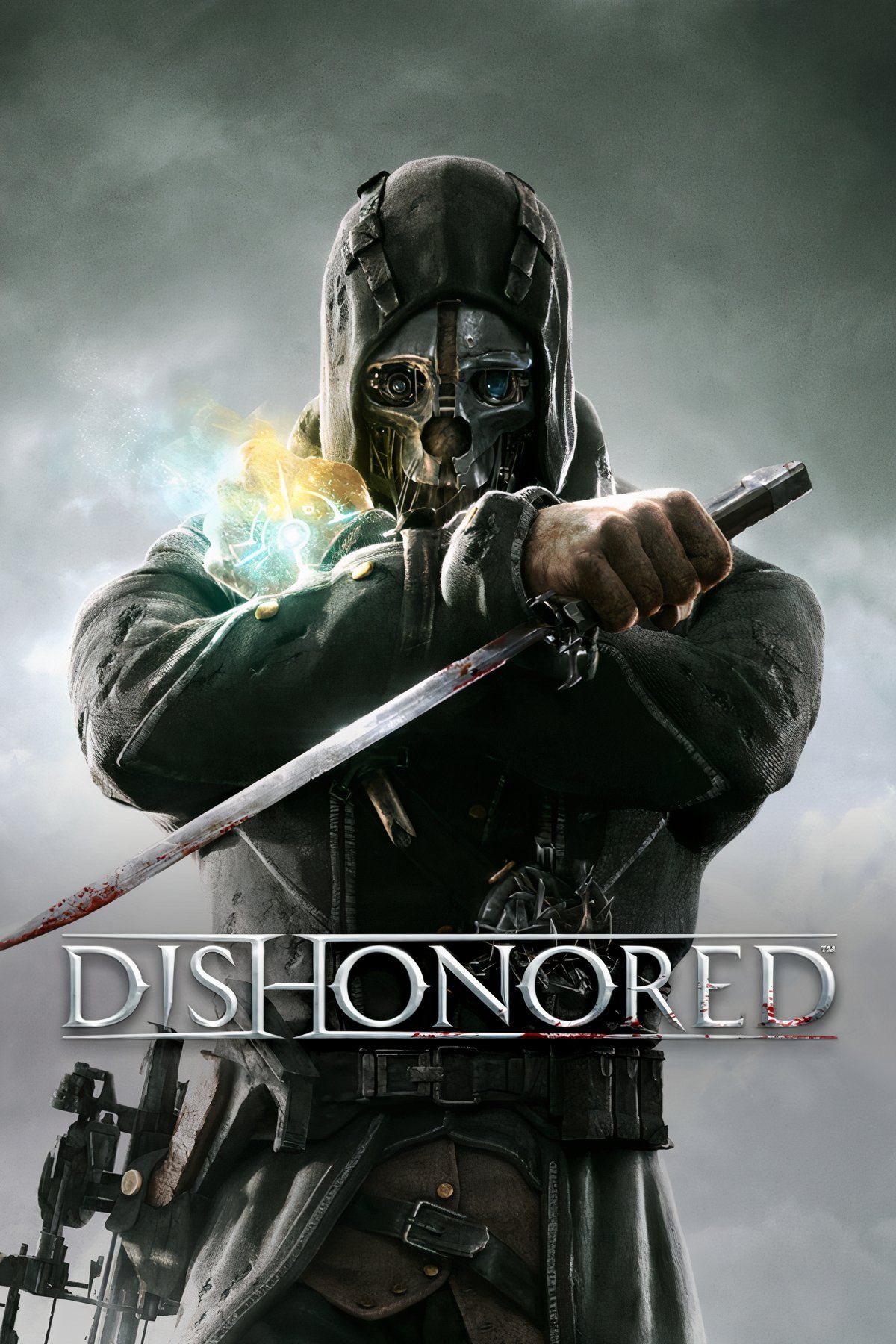
No, there aren’t any complex broody assassins quite like Dishonored anti-hero Corvo Attano parkouring their way through gothic literature. But there are plenty of allusions to Gothic literary tales throughout the Dishonored series. From a grim reference to Edgar Allan Poe’s Masque of the Red Death that will make your skin crawl, to subplots that draw from the salaciousness of the Penny Dreadfuls, a lot of love of the Gothic has been put into these games.
Despite the clear references to American Gothic great Edgar Allan Poe, the developers took inspiration for the art style from Victorian London. This could have inspired other macabre references in Dishonored, such as Lizzie Stride being the name of one of the real-life victims of Jack the Ripper.
2
Sherlock Holmes (series)
A Loose Detective Anthology
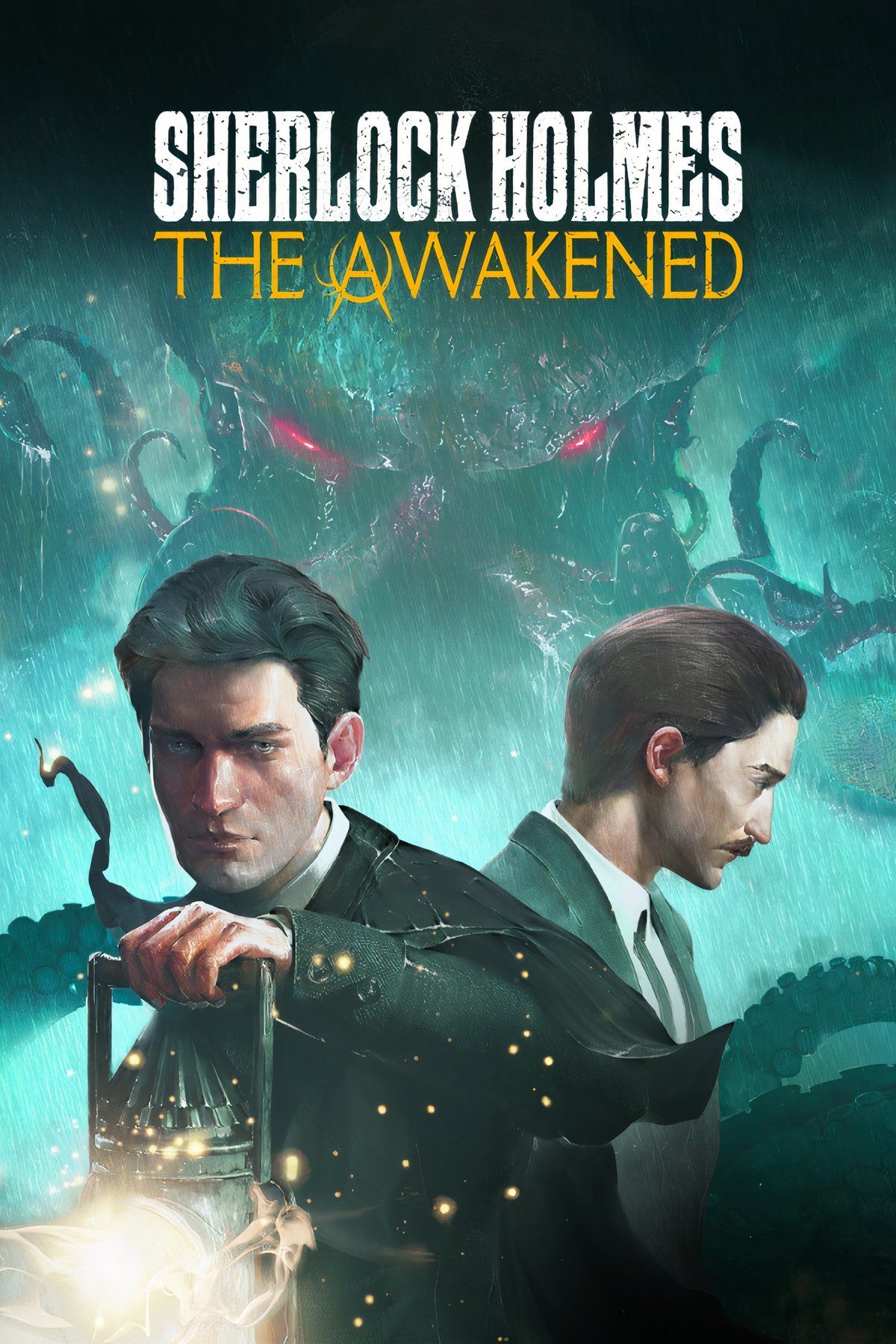
Sherlock Holmes must be one of the most frequently portrayed literary characters in video games. Not all of Arthur Conan Doyle’s Sherlock Holmes stories are gothic, but stories like The Hound of the Baskervilles and A Study in Scarlet are some of the most well-known gothic detective fictions of all time. Possibly the most popular Sherlock Holmes games are those made by Frogwares who specialize in third-person adventure adaptations of literary giants.
Not only are there vanilla Sherlock Holmes-inspired games that allow players to solve puzzles as the famous detective, but Frogwares have incorporated other literary properties into these games. They add an air of the supernatural to a literary detective series that was noted for its stalwart skepticism.
1
Castlevania (Series)
A Gothic Literature Ensemble Cast
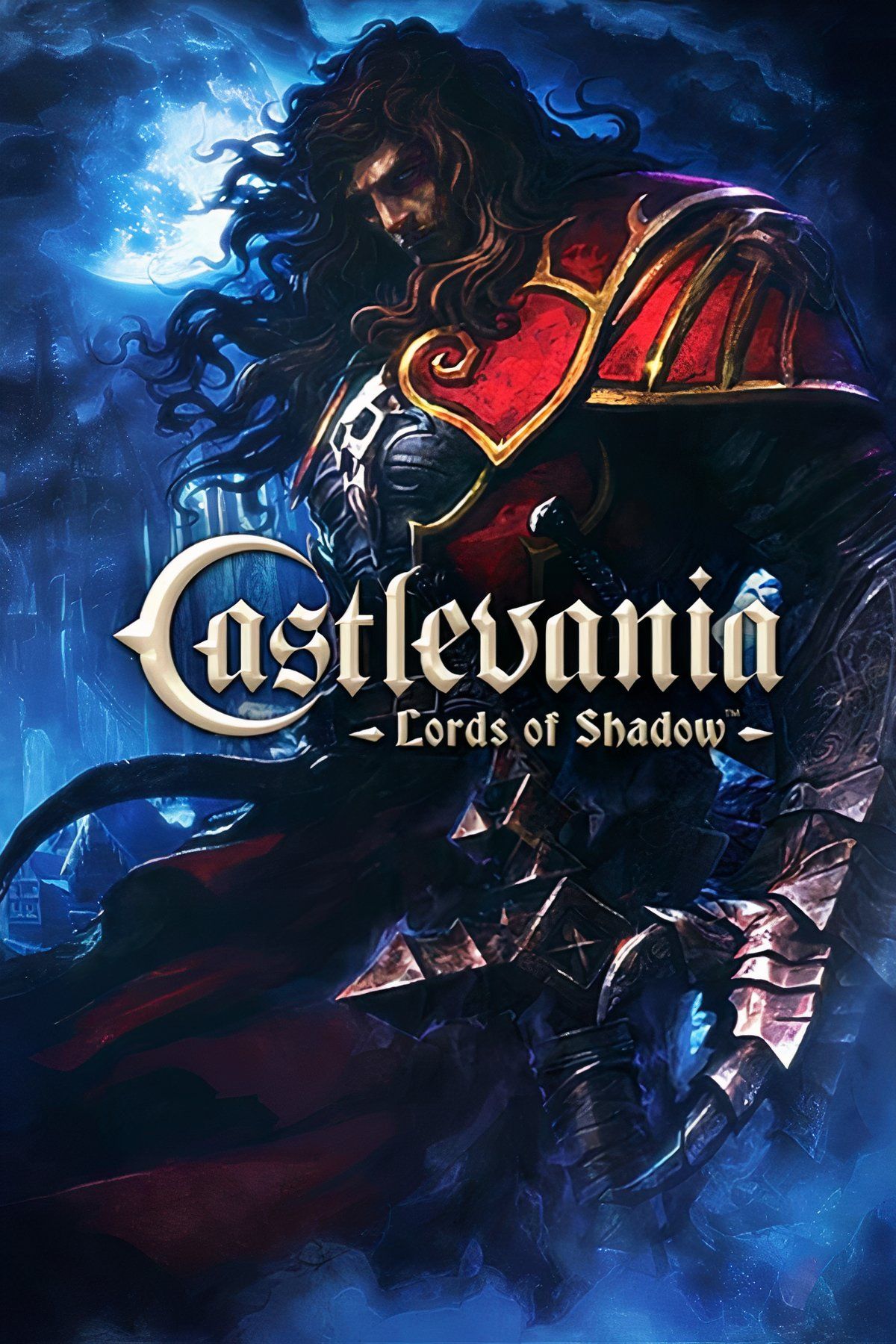
- Released
-
October 5, 2010
- OpenCritic Rating
-
Strong
Castlevania has a whole host of creatures ripped straight from the pages of Gothic literature. Obviously, Dracula is THE famous vampire of the series, but there is an underrated and overlooked vampire that came more than 20 years before Bram Stoker’s Dracula that features in Castlevania, Carmilla. Le Fanu’s Carmilla is one of the foundational Gothic vampire texts, establishing many of the conventions that would go on to be integral to depictions of vampires in Gothic literature.
In addition to Carmilla, there are a whole host of characters ripped straight from notable books and short stories from the Gothic canon. This includes The Creature of Frankenstein and Hyde from The Strange Case of Dr. Jekyll and Mr. Hyde.

Related
Castlevania: Best Non-Metroidvania Titles, Ranked
From the original trilogy of games to the Lords Of Shadow reboot series, many good Castlevania titles don’t embrace the Metroidvania style.
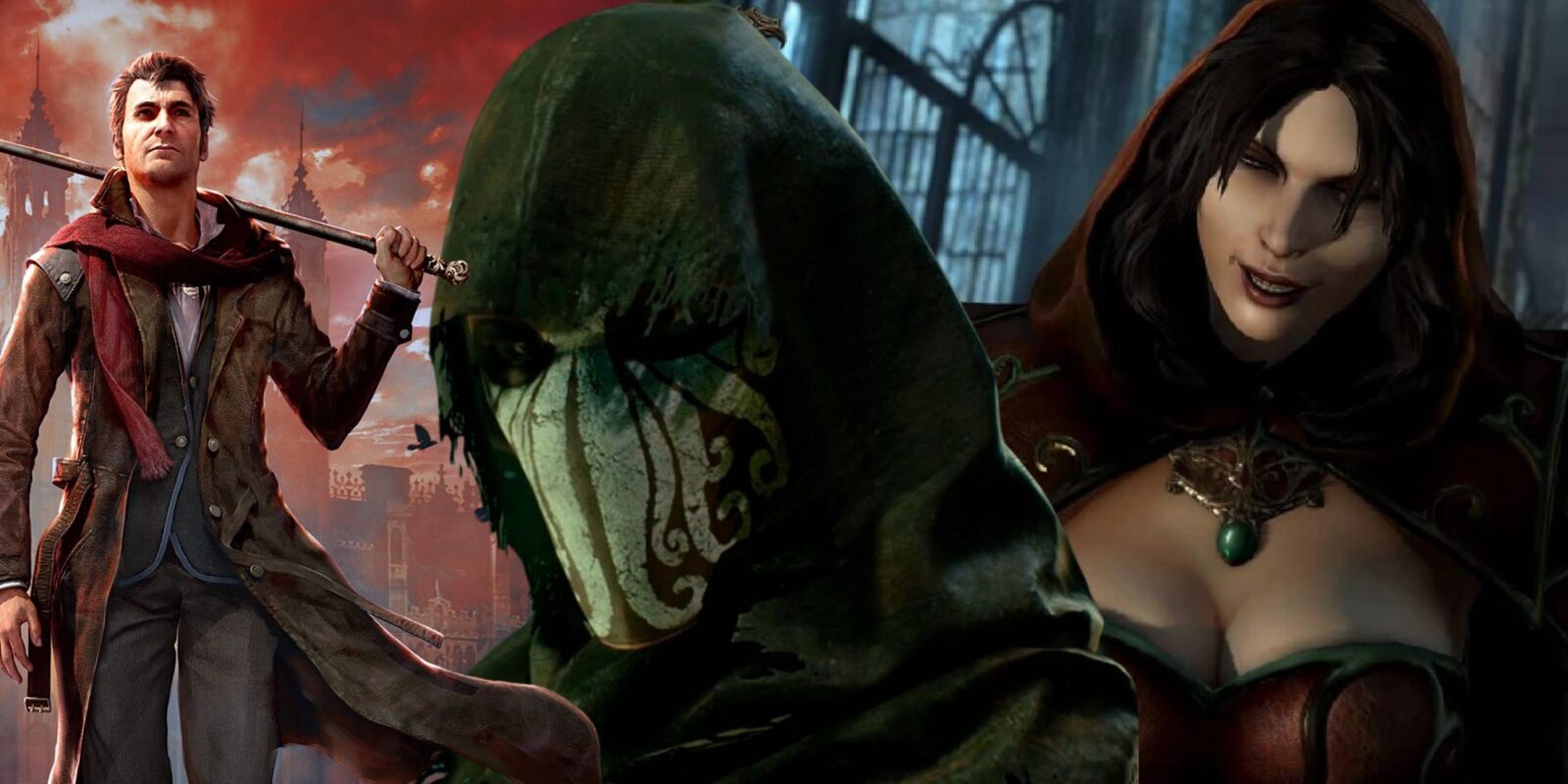

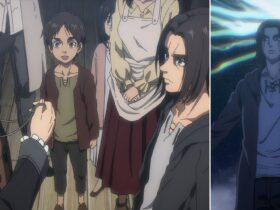



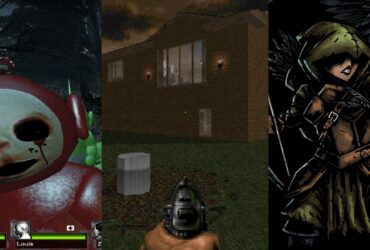





Leave a Reply